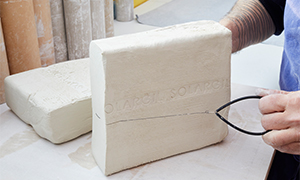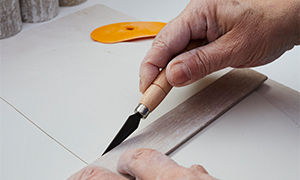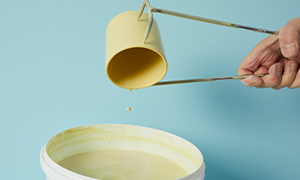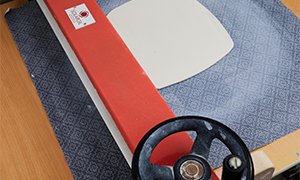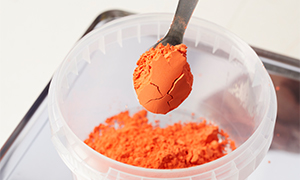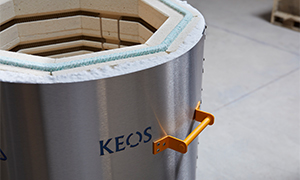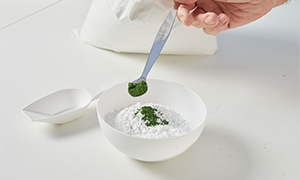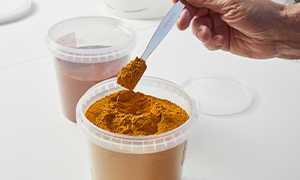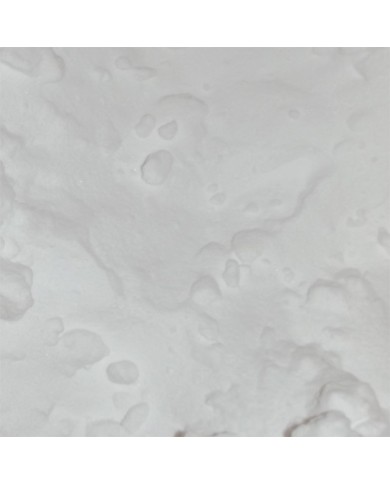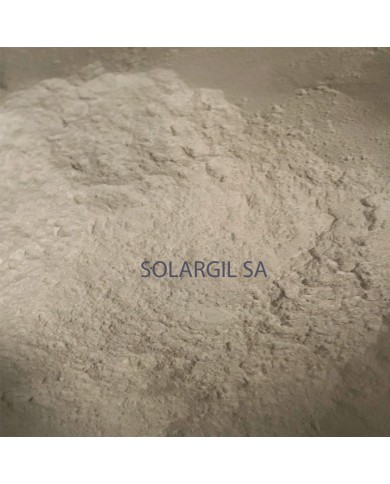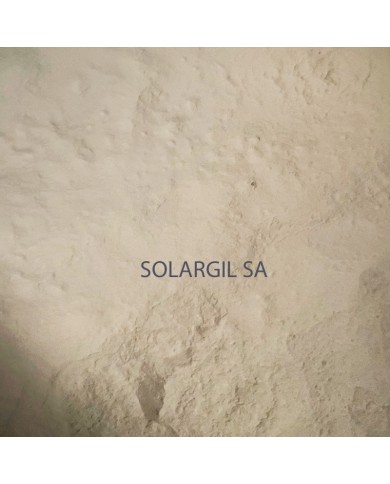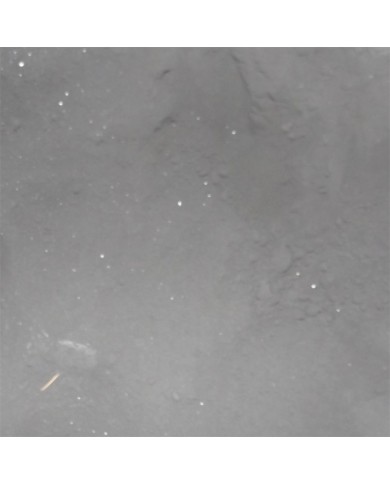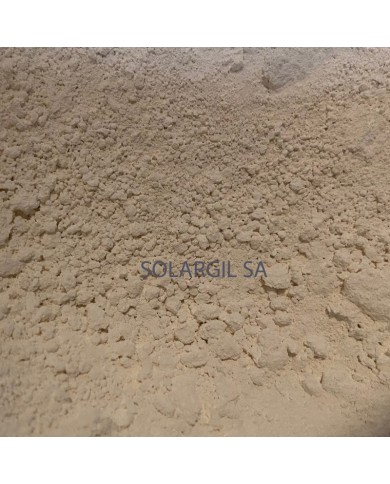OPTAPIX C 25 G LIANT COLLE DEFLOCULENTE
OPTAPIX C25G Deflocculating glue
OPTAPIX C 25 G
Binder for glazes and engobes
Purified sodium carboxymethylcellulose
Appearance:yellowish granulate
Moisture content:8 % maximum
Solubility:readily water-soluble
Bulk density: approx. 600 g/l
pH (1 %): approx. 7
CMC content dry:approx. 99 %
Viscosity(2 %, 25 °C):approx. 130 mPas
Labelling according to EC directives: not relevant
Safety data:12 months when stored properly and drybags of 25 kg
OPTAPIX C types differ by their degrees of polymerization and hence the viscosities of theiraqueous solutions.
OPTAPIX C types are used in glazes and engobes as viscosity adjusting, non-foaming bindingagents.
They improve the abrasion resistance, give glazes or engobes a good fit and prevent running.
Sodium CMC being a polyelectrolyte, the low viscosity, i.e. short-chain types like OPTAPIXC 12 G / C 25 G, have a deflocculating effect besides their binding property.
As far as the sodium CMC types with a medium degree of polymerization, such as OPTAPIXC 50 G, are concerned their electrolytic effect is to a large extent compensated by their increasedintrinsic viscosity; they, therefore, have a rather neutral effect on the viscosity of the glaze slip,at the usual addition quantities.
High polymer types such as OPTAPIX C 200 G / C 1000 G have a thickening effect on the glaze slip.
In general, an increasing degree of polymerization will lead to better binding properties andto an improved dehydration, this means a longer drying time.
Further advantages of OPTAPIX C types are their plasticizing effect on ceramic bodies andan improved dry breaking strength.
The optimum addition quantity ranges between 0.05 and 1.0 % and depends on the individualworking conditions.
They are either milled with the glaze constituents or added as aqueousstock solution.
The granulate form improves their water-solubility.
Note:Solutions of OPTAPIX C are relatively resistant to decomposition.
However, if they are to bestored over longer periods, they should be preserved with one of our NOVAL-types.

